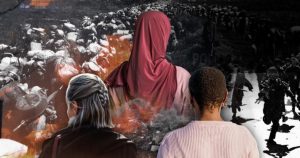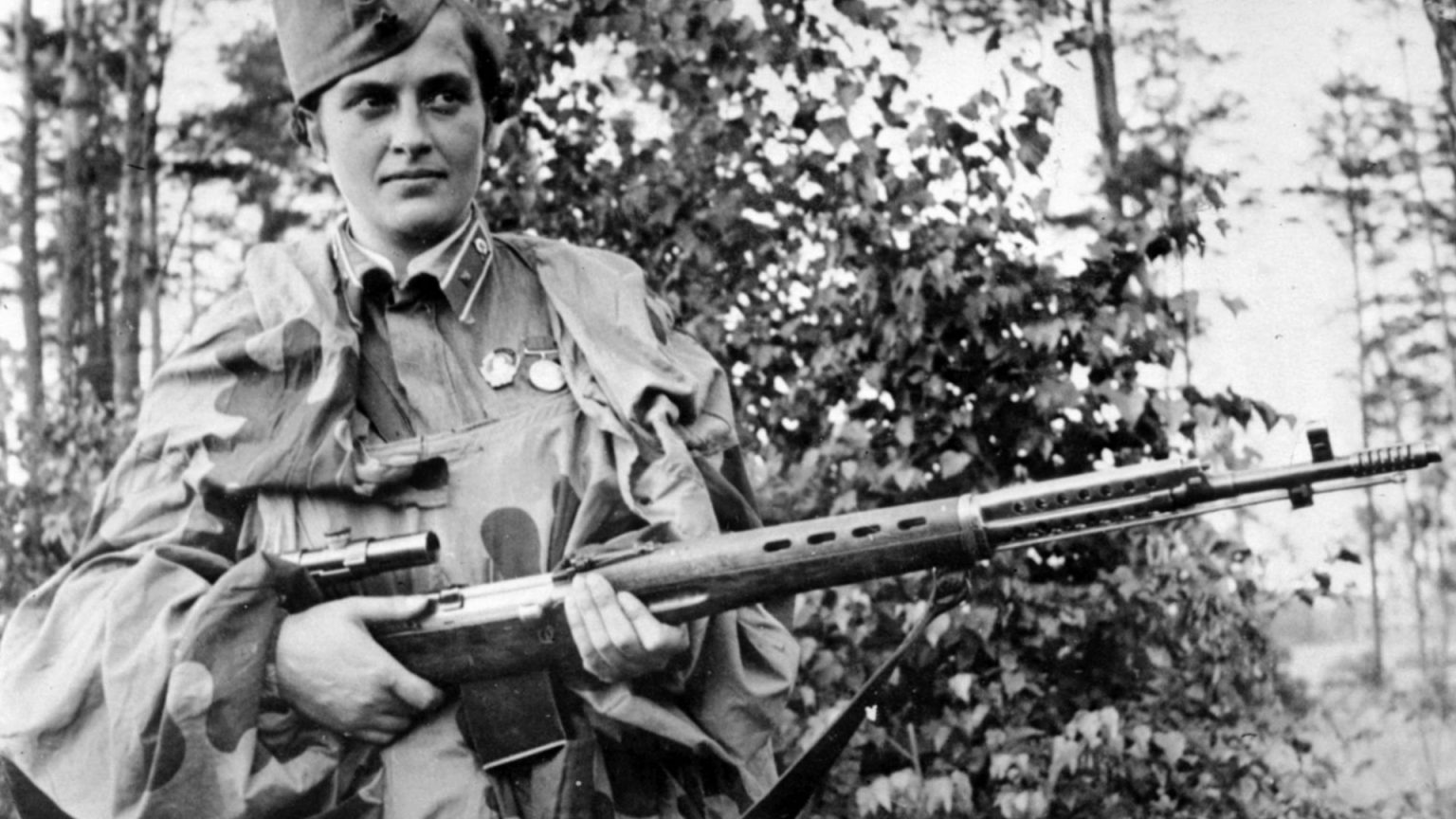Lyudmila Pavlichenko: The Lady Death
Lyudmila Pavlichenko, a name etched in history as "Lady Death," was a Ukrainian-born sniper whose exceptional marksmanship and unwavering courage defied gender stereotypes and left an indelible mark on World War II. Her journey from a history student at Kyiv University to a celebrated Red Army sniper is a testament to her resilience and determination. When German forces invaded the Soviet Union, Pavlichenko, driven by patriotic fervor, attempted to enlist in the Red Army. Initially dismissed by a recruitment officer due to her perceived femininity, she persevered, demonstrating her remarkable shooting skills, which quickly earned her a place in the 25th Rifle Division. Within a mere 75 days of active duty, Pavlichenko had neutralized 187 enemy soldiers in Odessa, a feat that solidified her reputation as a deadly force on the battlefield.
Pavlichenko’s growing reputation led to increasingly challenging assignments, including counter-sniping in the besieged city of Sevastopol. In this perilous role, she engaged in intense one-on-one duels with enemy snipers, emerging victorious in every encounter, some of which stretched through entire days and nights. Her uncanny ability to outwit and outshoot her adversaries earned her the grudging respect, and fear, of the German forces. They even resorted to psychological warfare, attempting to lure her with promises of chocolate and an officer’s commission, broadcast over loudspeakers. Unfazed by these tactics, Pavlichenko remained steadfast in her loyalty to the Red Army, eventually attaining the rank of lieutenant.
In 1942, a shrapnel injury sustained during a bombing raid forced Pavlichenko to withdraw from combat. Her battlefield exploits had transformed her into a symbol of Soviet resilience, and she was sent to the United States as a goodwill ambassador. This trip marked a historical moment, as Pavlichenko became the first Soviet citizen to be received at the White House, personally invited by President Franklin D. Roosevelt. Her encounter with First Lady Eleanor Roosevelt blossomed into an unlikely friendship, leading to a nationwide tour during which Pavlichenko shared her experiences as a woman in combat.
Pavlichenko’s tour, however, was marred by the pervasive sexism of the time, reflected in the questions posed by reporters. She responded with wit and defiance, challenging the stereotypical perceptions of women’s roles in wartime. Her growing frustration with the trivial nature of the inquiries culminated in a powerful speech in Chicago. Addressing a large crowd, she declared, "Gentlemen. I am 25 years old and I have killed 309 fascist occupants by now. Don’t you think, gentlemen, that you have been hiding behind my back for too long?” This bold statement, met with thunderous applause, cemented her status as a potent propagandist for the Red Army, highlighting the significant contributions of women to the war effort.
Following her tour of the United States and Canada, Pavlichenko returned to the Soviet Union, where she continued to serve her country by training snipers until the war’s end in 1945. Out of the 2,000 female Soviet snipers, she was among the 500 who survived the brutal conflict. After the war, Pavlichenko resumed her academic pursuits, completing her Master’s Degree at Kyiv University. She subsequently embarked on a career as a historian and researcher at Soviet Navy headquarters, later becoming an active member of the Soviet Committee of the Veterans of War.
Despite her wartime heroism, Pavlichenko’s personal life was marked by tragedy. Her brief marriage to fellow sniper Alexei Sitsenko ended with his death from mortar wounds shortly after their wedding. Pavlichenko herself succumbed to a stroke in 1974 at the age of 58. Her legacy, however, endures. Lyudmila Pavlichenko, the "Lady Death," remains the most successful female sniper in history, with a confirmed kill count of 309, a figure likely underestimated due to the strict verification requirements of the time. Her story stands as a testament to her courage, skill, and unwavering dedication to her country, challenging conventional notions of gender roles in warfare and inspiring generations to come.
Other Female Heroes of WWII
World War II witnessed the emergence of numerous female figures who defied expectations and made significant contributions to the war effort. Their stories, often overshadowed by the dominant narratives of male heroism, offer a compelling glimpse into the diverse roles women played during this global conflict. These women demonstrated exceptional bravery and resilience in various capacities, from photojournalists documenting the horrors of war to spies operating behind enemy lines.
Lee Miller, a model turned war correspondent, captured the realities of World War II through her lens, documenting pivotal events such as the Blitz and the liberation of Paris. Her work for Vogue magazine, and later as an accredited photographer for the US Army, provided a stark visual record of the war’s impact, including the harrowing images of the liberated concentration camps. Nancy Wake, known as the "White Mouse," became a key figure in the French Resistance, aiding Allied airmen, sabotaging German operations, and participating in direct combat. Her courageous actions earned her the Gestapo’s ire, making her the most wanted woman in France.
Josephine Baker, celebrated entertainer, leveraged her fame and social connections to gather intelligence for the French Resistance. She cleverly extracted information from high-ranking officials and smuggled crucial secrets to England, using her sheet music as a covert communication channel. Virginia Hall, despite having a prosthetic leg, became one of the most effective Allied spies. Working for the British Special Operations Executive and later the Office of Strategic Services, she orchestrated spy networks, ran safe houses, and provided vital intelligence to the Allied forces, playing a crucial role in the lead-up to D-Day.
These women, along with countless others, demonstrated remarkable courage and resourcefulness in the face of adversity. Their diverse contributions, ranging from frontline combat to espionage and documentation, challenged conventional gender roles and highlighted the essential role women played in shaping the outcome of World War II. Their stories serve as a powerful reminder of the indomitable spirit of those who fought for freedom and justice during one of history’s darkest chapters.




